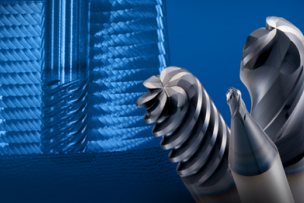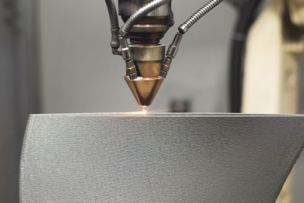California-based solar technology startup Solarytics uses the MakerBot METHOD platform to create optimized testing rigs for its cutting-edge solar panel technology.
Solarlytics is a 5-year-old startup in Livermore, California that specializes in improving the output of existing in-place solar panels. The company is developing a new technology that provides a significant uplift in solar energy output from existing solar panel infrastructure. It is working toward developing a product for the market and is currently engaged in research, testing, and product engineering.
THE CHALLENGE OF DEVELOPING COMPLEX TEST RIGS FOR SOLAR
The process of loading oddly shaped and heavy (80+ pounds) solar panels onto a testing rig is both awkward and labor-intensive. Previously, this process required multiple personnel and lots of space for testing to take place. There was also the risk of damaging and scratching the solar panel by dragging it to and from the flash test machine.
Co-founder Doug Raymond and his team started out with cheaper desktop 3D printers, but quickly found the trial and error of calibration and reprinting to be extremely time-intensive and frustrating. Complex assemblies with tight tolerances were nearly impossible to print. The alternative of outsourcing for the part could cost up to $10,000, a price that would not allow for multiple iterations.
ITERATIVE DESIGN WITH 3D PRINTING
In early 2019, the team invested in a MakerBot METHOD 3D printer based on its ability to print complex geometries with dissolvable support material.
Says Doug Raymond, engineer and co-founder of Solarlytics, “The beauty of the METHOD is [that] you start the print at the end of Friday and when you’re back in the office [on Monday], it’s completely printed. The METHOD is a step above other 3D printers we’ve used.”




Talk to Us!
Leave a reply
Your email address will not be published. Required fields are marked *